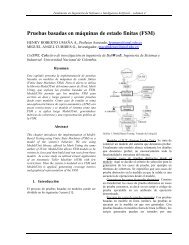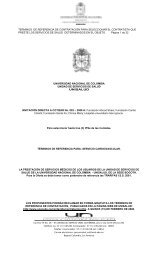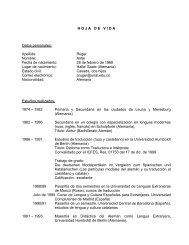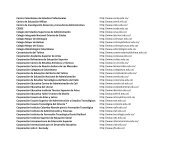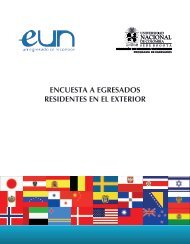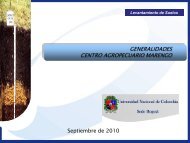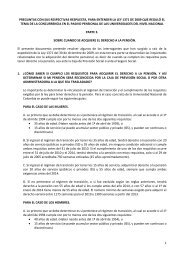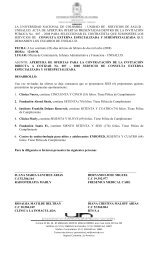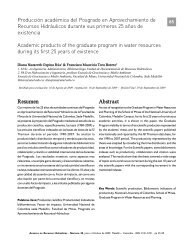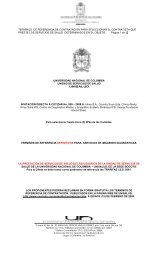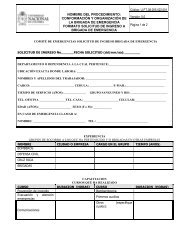ISO 11799
ISO 11799
ISO 11799
You also want an ePaper? Increase the reach of your titles
YUMPU automatically turns print PDFs into web optimized ePapers that Google loves.
<strong>ISO</strong> <strong>11799</strong>:2003(E)<br />
Gas systems shall only be used for small compartments, i.e. discrete spaces which can be made airtight.<br />
Halon gases are excluded for environmental reasons. Carbon dioxide should not be used for rooms normally<br />
occupied by people.<br />
NOTE 3 New fire-extinguishing gases without the same environmental impact as the original halon gases have been<br />
and are being developed.<br />
Where an automatic fire extinguishing system is not to be provided, the following shall be installed:<br />
⎯<br />
⎯<br />
hose reels or racks in such a position that all parts of the building are within 6 m of the nozzle of a fully<br />
extended hose;<br />
hydrant systems or rising mains on all buildings more than 30 m in height or where a single floor exceeds<br />
1 000 m 2 . The hydrant or rising mains should be located so as to permit the fire brigade to pressurize the<br />
pipework from outside the building.<br />
These installations are also recommended as backup systems to an automatic fire extinguishing system.<br />
A smoke extraction system is recommended.<br />
Portable fire extinguishers shall always be available, even if an automatic fire suppression system has been<br />
installed. Hand-held extinguishers shall be strategically placed. Staff should be trained in the proper use of fire<br />
extinguishers. If they are expected to use fire hoses, they should also be trained in their proper use.<br />
Gas and water are suitable. Water extinguishers should never be used on fires in electrical equipment.<br />
6.4 Intruder alarm<br />
A monitored intruder-alarm system should be provided.<br />
6.5 Illumination<br />
The damage caused by light is cumulative. Intensity, duration and spectral distribution of any illumination in a<br />
repository should be controlled to minimize damage.<br />
A repository room shall not be illuminated more than is necessary for retrieval and replacement of documents,<br />
room inspection and cleaning. For the two latter purposes, an illumination of about 200 lx on the floor level is<br />
suggested. Direct daylight should be excluded. In a building not primarily designed as a repository, but<br />
adapted for that purpose, windows shall ideally be blocked up, or as a minimum be screened by curtains or<br />
blinds, and/or by UV filtering on the window glass.<br />
Similar screening provisions are recommended for offices, public reading rooms and any other room in which<br />
documents are consulted.<br />
Illumination shall be provided by one of the following:<br />
⎯<br />
⎯<br />
⎯<br />
fluorescent lamps fitted with diffusers. If the emitted radiation contains a relative ultraviolet component of<br />
more than 75 µW/lm, each lamp shall be fitted with an ultraviolet filter that diminishes the relative<br />
ultraviolet radiation (with a wavelength below 400 nm) to below that level;<br />
incandescent light fitted with heat-absorbing filters. The minimum distance between the lamp and an item<br />
on a shelf shall be 500 mm;<br />
fibre-optic lighting systems, with the light-generating unit placed well away from the object to be<br />
illuminated.<br />
Licensed to ING. MECC. - UNIV. TOR VERGATA/FULVIO MERCURI<br />
<strong>ISO</strong> Store order #: 648902/Downloaded: 2005-02-02<br />
Single user licence only, copying and networking prohibited<br />
© <strong>ISO</strong> 2003 — All rights reserved 5



